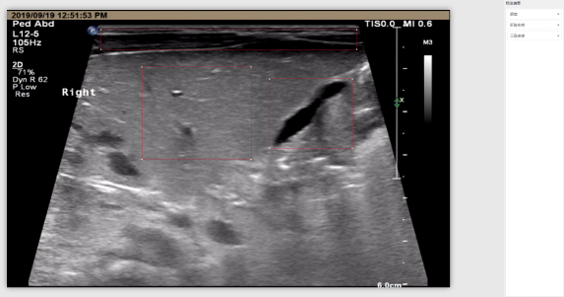Early diagnosis of the rare disease biliary atresia (BA) has always been a major global challenge, as it relates to the best chance of survival for patients to retain their native liver. However, existing studies combining multimodal BA data with artificial intelligence technology have not yet achieved significant breakthroughs. This study retrospectively constructed the largest multimodal dataset of BA in existing literature, covering ultrasound images, clinical information, and laboratory test results related to BA diagnosis. Based on this dataset, this paper developed a novel multimodal deep learning model and further simplified the model using easily obtainable data (even without blood sampling). This paper completed external validation of the model through a prospective study and directly compared it with human experts of different experience levels. In addition, this paper also evaluated the potential of the AI system to enhance the diagnostic efficiency of human experts. A total of 1,579 participants were included in the retrospective study. On the internal test set, the AUC of the multimodal model reached 0.9870, surpassing the performance of human experts; the AUC of the simplified model was 0.9799. On the external test set with 171 cases, the AUC of the multimodal model reached 0.9740, comparable to that of radiologists with more than 10 years of experience (AUC=0.9766). For physicians lacking experience in pediatric ultrasound diagnosis, their diagnostic AUC improved from 0.6667 to 0.9006 with AI assistance. The implementation of this model provides an intelligent auxiliary strategy for BA diagnosis and is particularly valuable in resource-limited environments. This application also offers important references for addressing common challenges in the diagnosis of rare diseases.
